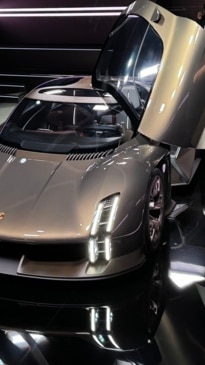2024 Porsche 911 Hybrid details
In a watershed moment, Porsche has made a switch that is sure to fire up purists, transforming its oldest sports car - the 60-year-old 911 - for the modern era.
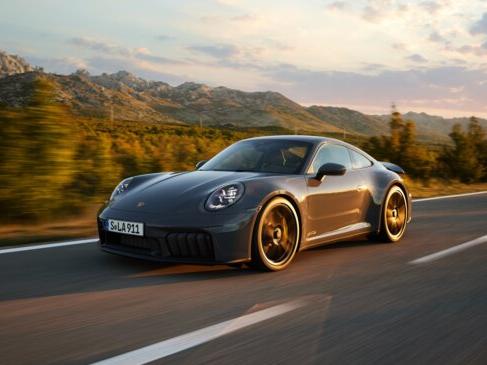
In a watershed moment for the 911, equivalent to that time Bob Dylan retired his acoustic and plugged in his Fender Stratocaster, the world-famous rear-engine sports car has been electrified.
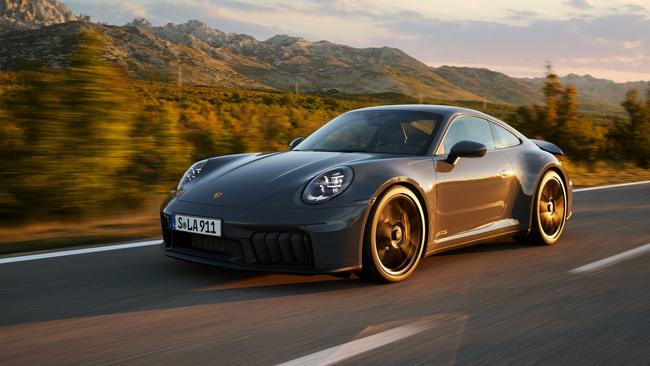
Mirroring the pivotal folk-singer-turned-rock-god moment in history some 911 fans are likely to feel anger, others delight and many more apprehension that the hybrid version could be the beginning of the end for the 60-year-old 911 but whatever the emotions triggered the T-Hybrid has been a long time coming.
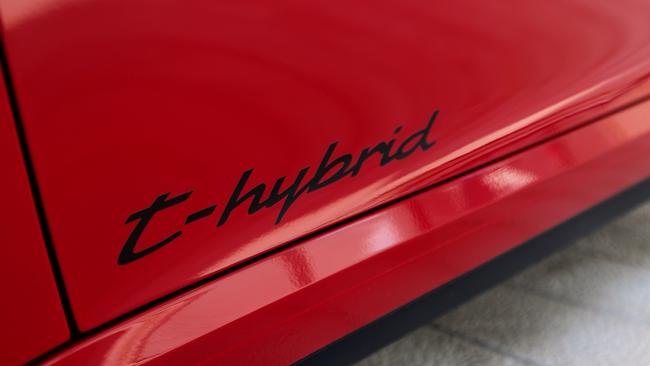
Porsche first began experimenting with the tech back in 2010 on the GT3 R Hybrid racer and then employed its new know-how on the million-dollar 918 Spyder and 919 Hybrid racer but it’s taken until now before it’s applied it to the current five-year-old 992-series 911.
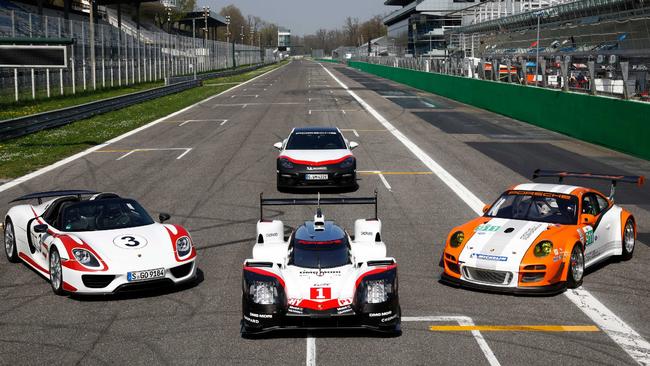
Luckily, by taking its time Porsche says it has perfected the hybrid for the 911 and hasn’t replicated what’s happening elsewhere in the Volkswagen empire, like it did with the Cayenne or Panamera plug-ins.
Speaking of which a PHEV was ruled out early on for the 911 because of its added weight and complexity.
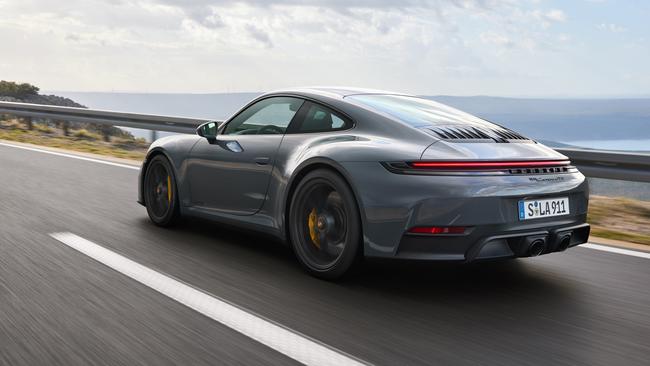
It’s amusing to note that instead of following the downsizing trend Porsche went big with the combustion part of the T-Hybrid powertrain, creating an all-new larger 3.6-litre flat-six.
Despite bigger, the new engine sits 110mm lower and has no auxiliary drive belts to run things like the starter motor or aircon pump.
The keep-it-simple-stupid approach continues with the turbo – there’s now just one – in place of the last car’s two but to compensate it looks like it’s been lifted off a Kenworth truck.
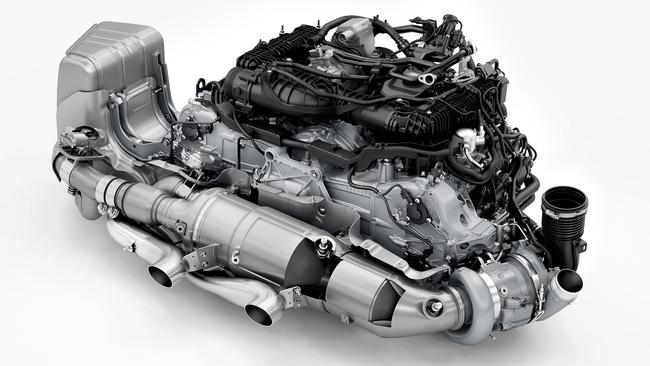
Huge turbos normally mean epic turbo lag – the time needed for the exhaust gases to spool-up the turbines until it provides meaningful boost. To compensate, engineers have added a small 10kW e-motor within that spins up the turbine to delivers full boost in less than 0.8sec.
A second motor is tucked away in the eight-speed dual-clutch transmission that, alone, boosts the engine by up to 65kW/150Nm for ten seconds. Recovering energy under braking is a small 1.9kWh 400-volt lithium-ion battery that lives in the nose.

The result is the new T-Hybrid, that’s only offered with the GTS (but will go on to power both the Turbo and Turbo GT in a higher state of tune), produces 398kW and 610Nm of torque.
Against the clock the 911 GTS T-Hybrid launches from 0-100km/h in just 3.0 seconds and 0-200km/h in 10.5 seconds before topping out at 312km/h.
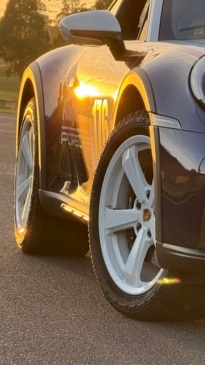
Porsche hasn’t released how fuel-efficient the new T-Hybrid powertrain is – that’s not the point, engineers claim – but even at its top speed the little motor within the turbocharger is diligently topping up the battery, while under braking the motor within the transmission claws back up to 32kW.
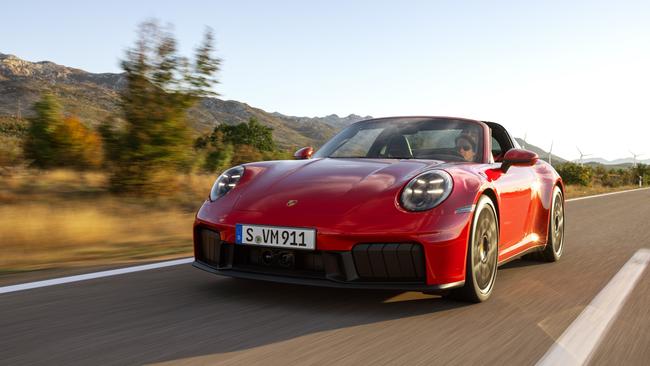
Porsche is confident you’ll never actually run out of juice, calibrating the new hybrid system on the Nurburgring where not once was the battery completely drained while hot-lapping 8.7sec faster than the old 911 GTS.
On hand to show just how effective the new T-Hybrid system is on Porsche’s own Weissach test track, near Stuttgart, is German racer and Porsche ambassador Jörg Bergmeister who, himself raced the original 911 GT3 R Hybrid back in 2010.
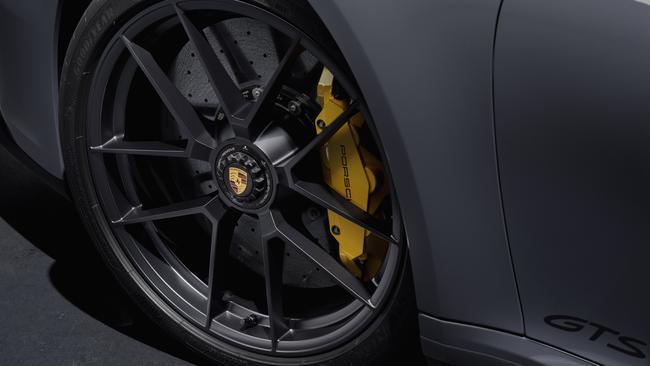
Launching a lightly camouflaged 911 GTS T-Hybrid away from the line the electrified Porsche feels, if anything, quicker than its 3.0sec 0-100km/h claims, it sounds angrier too but, according to Bergmeister, the most impressive aspect of the new electrified rear-engined sports car is the noticeable lack of turbo-lag and strong engine response anywhere in the rev range.
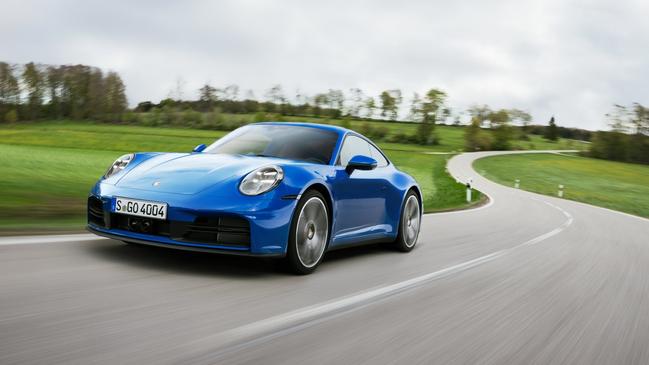
“It’s 911 Turbo S-quick through here and much quicker than the old car pretty much everywhere”, he says as the Daytona 24 Hour winner balances the GTS on the throttle with half an armful of lock before hurtling us out of a corner down a straightaway.
There are drawbacks to the new tech.
It can’t be combined with a manual transmission which is bound to anger purists.
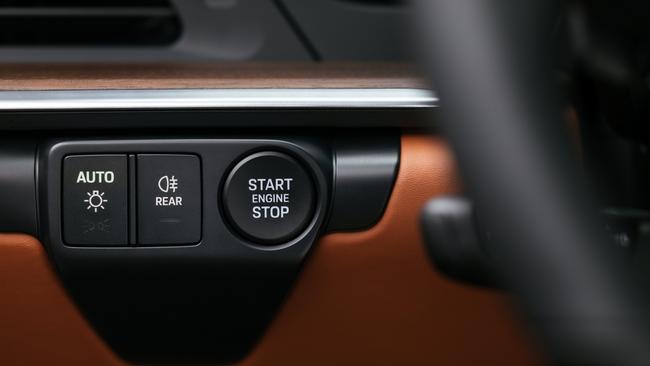
The system also adds an unwelcome 50kg to the kerbweight but the way it democratises the performance of the Turbo S at a lower price point while, presumably, preserving the wonderful agility and handling finesse of the typical 911 is something to revere, not fear, much like the electrified Dylan.
